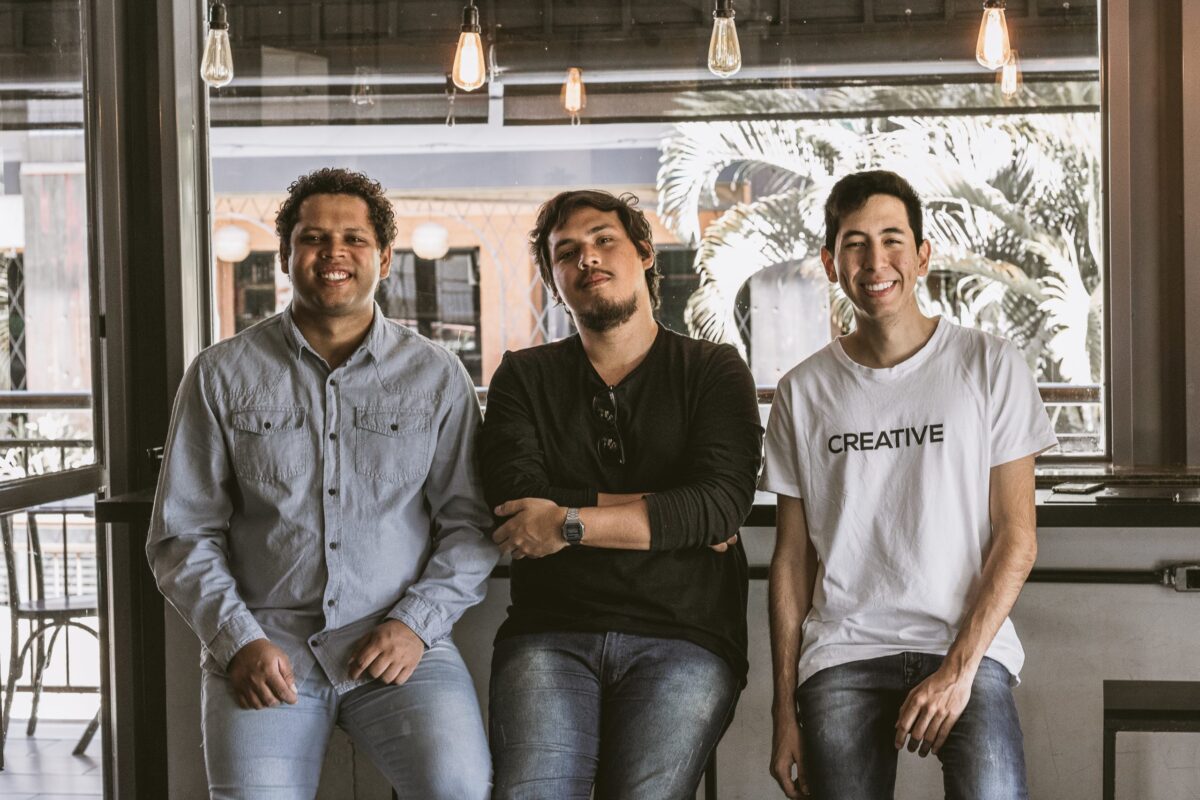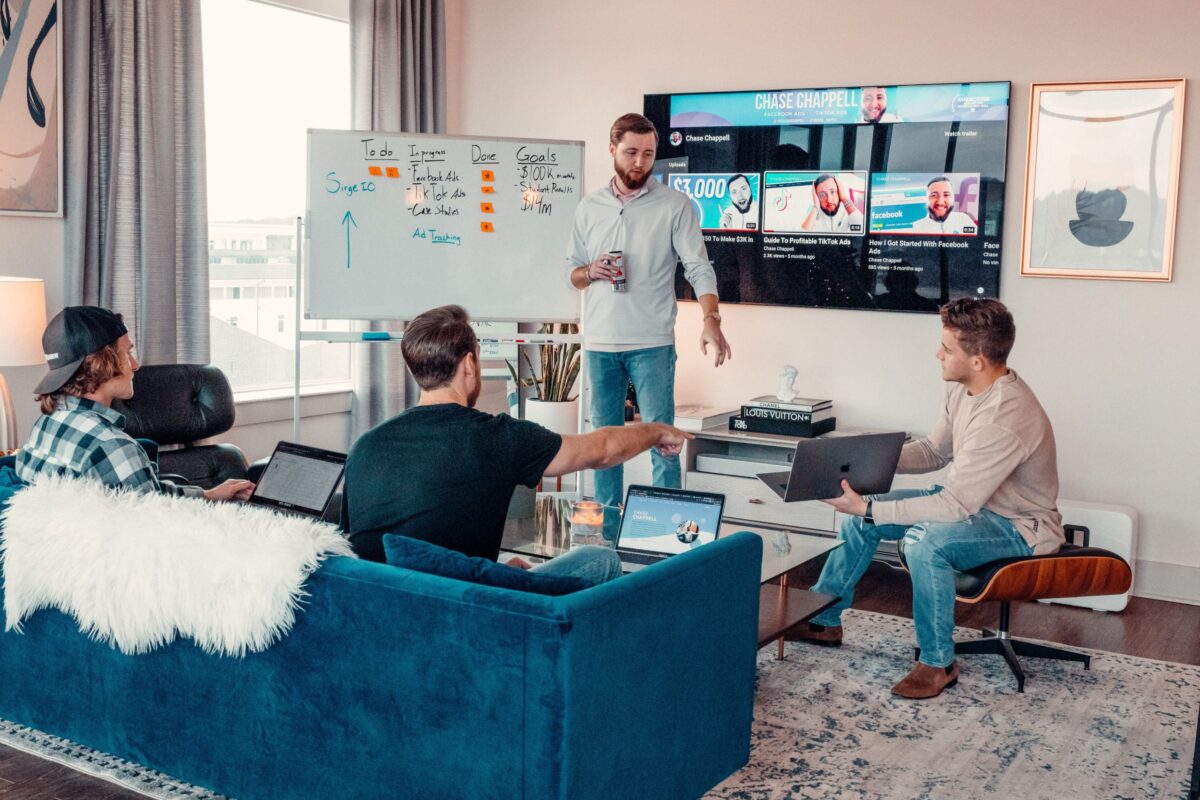

When it comes to professional coaching, too many of us think “leadership coaching” or “leadership training” is an oxymoron.
“How can you coach a leader?” is the question we often get asked. “If they’re already leaders, they don’t need professional coaching.”
Those two statements are both inaccurate. If you believe them, you’re operating under a competitive handicap.
We’re going to assume you’re a Top Performer in your field. By that, we mean you run a company that’s #1 or #2 in its industry, and/or you are the best in your company at what you do.
As you know, there’s a term in business called “benchmarking.” The practice of comparing your company’s performance to either industry standards or looking at best practices in other industries that you can adapt to yours. And, of course, comparing your individual performance to those same standards.
But business leaders have a blind spot. Probably acquired while getting our MBA degrees. Most business schools studied…businesses. Very few business schools look outside the corporate universe to give us case studies that we can apply to our jobs and our careers.
“I’m Already a Leader; I Don’t Need Professional Coaching”
Most of us were involved in some kind of organized activity growing up – sports, music, theater, dance. No matter what we did, every activity had a coach (or two). Sometimes a volunteer dad or mom. Sometimes a local artist or semi-retired professional. They taught us the basics and stayed with us until we got the hang of it.
Like training wheels on a bicycle, one day we realized we didn’t need them anymore, we put them away…and that’s the level at which we stayed. Somewhere on the spectrum between “I’m Not Embarrassed” (most amateurs, for example) all the way up to “Local Hero” (your annual golf club or YMCA champion).
But if you want to be the best at what you do, you need a coach right up until (and after) you become the G.O.A.T! Dustin Johnson has a coach—fellow Tour professional Rory McIlroy! Maroon 5 has a coach—Steve Memel. Every top performing artist in the world has a coach. Tennis star Naomi Osaka has a coach—Wim Fissette. And when they interviewed him after Naomi’s 2021 Australian Open victory, he articulated exactly what Mastery Under Pressure is all about:
“When her attitude is good, her mind is very clear what she needs to do, what she wants to do and then she plays well.”
What’s Your Leadership Style?
In a February 2020 blog posting on HubSpot, Braden Becker lists eight common leadership styles:
- Democratic
- Autocratic
- Laissez-Faire
- Strategic
- Transformational
- Transactional
- Coaching
- Bureaucratic
What almost everyone forgets is that in order to be a leader you need people to lead. Whatever you call them:
Employees, Teammates, Associates, Peers, Co-Workers, Partners, Staff, Colleagues or Collaborators—how well you’re able to engage with them will determine your success or failure as a leader. Being a leader automatically implies you have a relationship with the people around you. And suddenly, your skills as a leader require you also to have skills connecting with and managing other human beings.
A friend of ours was president of a global advertising agency. People who worked for him loved him, respected him, and were in awe of his mind and his knowledge of marketing. But one of his direct reports also knew his weak spot:
“[He’s] like the drum major of a college band at the halftime show. He comes out first or bursts out of the band wearing that beautiful fur hat and pumping his baton in time to the music. Then he ups his gait and starts striding down the field two to three yards at a time. But he forgets to look back to see if the band is following.”
What good is being a leader if you don’t engage your followers?
Professional Coaching is a Smart Leadership Strategy
If you want to get to the top of your game and stay there, you should add a coach to your organization or your toolbox. A professional coach is not a “therapist.” Not a “trainer.” Not someone with a “method.” Rather, an individual or organization with the ability to understand what you’re looking to achieve and can help you get there.
It’s what Naomi Osaka’s coach talked about: “When her attitude is good, her mind is very clear what she needs to do, what she wants to do, and then she plays well.” All of those attributes are learned skills. That’s what we mean by benchmarking athletes. The great ones know how to let anything that’s bothering them go…in the moment.
Do you have a good attitude when things get tense at work?
Do you know how to keep your mind clear and focused on what you need to do at all times? Do you keep your eye on your goals and not get distracted?
A great professional or leadership coach should focus on a top performer’s unique talents and abilities. They should be able to assess and evaluate what it is that makes the person great. But they should also be able to evaluate the blind spots. To see where that performer’s skills get in the way of being even more successful. If you get that kind of coaching, well, who knows how far you and your company could go?
Or as we like to say, “Make your best, better.”
________




